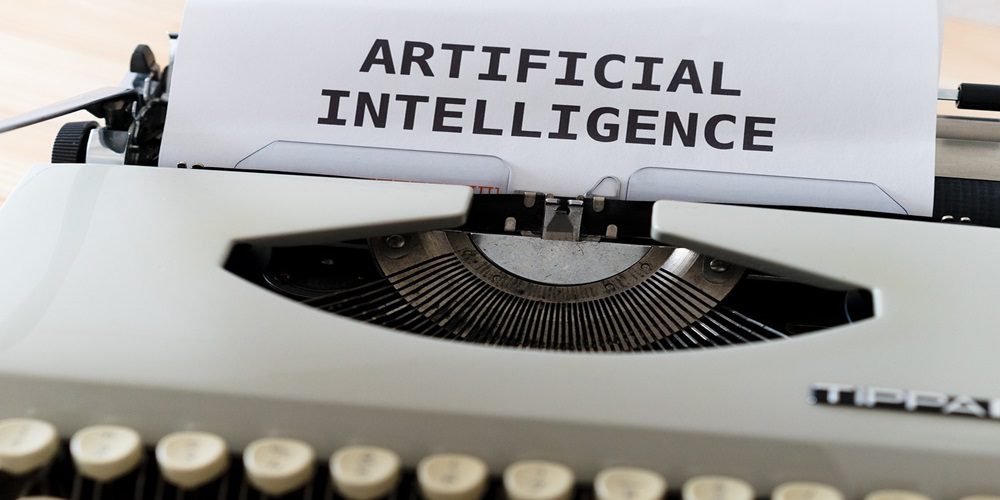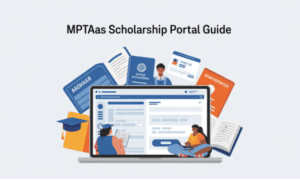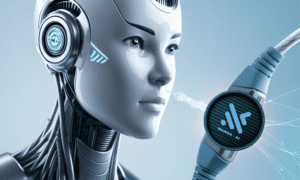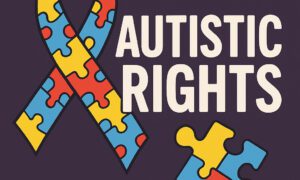Are you ready to embark on a journey into the exciting world of artificial intelligence in education? Prepare to be amazed as we delve into how this groundbreaking technology is completely transforming the way we learn. From personalized tutoring to smart content creation, AI is revolutionizing education and opening up new possibilities for every student. Join us as we explore the role of artificial intelligence in education and discover how it’s shaping the future of learning!
Introduction to Artificial Intelligence (AI)
Artificial intelligence, or AI, is a broad field that involves the development of intelligent machines that can perform tasks that typically require human intelligence. These machines are designed to learn from data, recognize patterns, and make decisions in order to complete specific tasks. AI has been rapidly advancing in recent years and has found its way into various industries such as healthcare, finance, and transportation. And now, it is making significant strides in the field of education.
AI technology encompasses a wide range of techniques and approaches such as machine learning (ML), natural language processing (NLP), computer vision, robotics, and more. These techniques allow machines to analyze vast amounts of data quickly and accurately, enabling them to make autonomous decisions without explicit programming.
In the context of education, AI offers immense potential for enhancing the traditional methods of teaching and learning. With its ability to analyze large amounts of data and identify patterns, AI can provide personalized learning experiences for students based on their individual needs and abilities. This means that each student can receive tailored instruction at their own pace rather than being constrained by a one-size-fits-all curriculum.
One area where AI has made significant progress in education is in automating administrative tasks for teachers. Grading assignments and providing feedback can be time-consuming for educators; however, with the help of AI-powered tools like automated essay scoring systems or plagiarism checkers, these processes become more efficient and less time-consuming.
Moreover, AI-based virtual assistants have also been introduced in classrooms to help students with their questions or doubts while studying remotely or independently. These virtual assistants use NLP technology to understand students’ queries through natural language commands and provide accurate responses instantly.
What is AI in education?
AI, or artificial intelligence, is a term that has become increasingly popular in recent years. It refers to the ability of machines and computer systems to perform tasks that would normally require human intelligence. While AI is often associated with industries such as healthcare and finance, it is also making significant strides in the field of education.
So, what exactly is AI in education? Simply put, it involves using technology and algorithms to provide personalized learning experiences for students. This can range from simple tasks like grading assignments to more complex activities like creating adaptive lesson plans based on a student’s individual needs and abilities.
One key aspect of AI in education is its ability to process large amounts of data quickly and efficiently. This allows educators to gather insights about their students’ learning patterns and preferences, which can then be used to tailor instruction accordingly. For instance, AI-powered systems can analyze a student’s performance on assessments and recommend specific areas for improvement or suggest alternative learning materials that may better suit their needs.
Another way AI is being utilized in education is through virtual assistants, or chatbots. These programs are designed to simulate conversations with students and provide them with information or support whenever they need it. They can answer questions related to course content, remind students about upcoming deadlines or events, and even offer study tips based on an individual’s learning style.
Benefits of Using AI in Education
There are numerous benefits to incorporating artificial intelligence (AI) in the field of education. It has the potential to revolutionize the traditional methods of teaching and learning, making them more personalized, efficient, and effective. Here are some key advantages of using AI in education:
1. Personalized Learning: One of the biggest advantages of AI technology is its ability to personalize learning for individual students. With the help of machine learning algorithms, AI can analyze a student’s strengths, weaknesses, and learning style to create a tailor-made curriculum that suits their needs. This not only helps students learn at their own pace but also ensures that they receive targeted assistance in areas where they may be struggling.
2. Enhanced Student Engagement: Traditional methods of teaching often fail to capture the attention and interest of students. But with AI-powered tools like virtual reality simulations and gamified learning platforms, educators can make lessons more interactive and engaging for students. This not only makes learning fun but also improves retention and understanding.
3. Time-Saving for Educators: With AI handling routine tasks such as grading assignments and creating lesson plans, teachers have more time for one-on-one interactions with students or developing innovative teaching strategies. This reduces their workload significantly, allowing them to focus on providing high-quality education rather than administrative duties.
4. Personal Assistants for Teachers: In addition to supporting student learning, AI technology can also act as personal assistants for teachers by automating tasks such as taking attendance, scheduling meetings, or even answering basic student queries through chatbots. This frees up time for teachers to concentrate on other important aspects of their job.
5. Data-Driven Decision Making: Another major benefit of using AI in education is its ability to collect vast amounts of data from various sources, including test results, attendance records, and behavior patterns, among others. This data can then be analyzed by educators to identify patterns or trends that can inform decision-making processes such as modifying teaching methods or providing individualized support to students.
Examples of AI in Education
AI, or artificial intelligence, is rapidly transforming various industries, including the field of education. With its ability to process and analyze large amounts of data at a rapid pace, AI has the potential to revolutionize the way students learn and teachers teach. In this section, we will explore some real-life examples of how AI is being used in education.
1) Grading and Assessment:
Traditionally, grading assignments and exams have been time-consuming tasks for teachers. However, with AI-powered grading tools like GradeScope or Turnitin Feedback Studio, educators can save time by automating grading processes. These tools use machine learning algorithms to evaluate written responses, multiple-choice questions, and even coding assignments accurately. Teachers can then spend more time providing meaningful feedback to their students instead of grading papers.
3) Virtual Tutors:
Another exciting application of AI in education is virtual tutors, or chatbots. These intelligent systems use natural language processing (NLP) technology to interact with students as if they were human tutors. They can answer questions related to specific topics or provide study materials based on a student’s needs. These virtual tutors are available 24/7 and can provide immediate support to students who may not have access to physical tutoring services.
Conclusion
Artificial intelligence in education has the potential to completely revolutionize the way we learn. As we have seen throughout this article, AI is capable of personalizing and optimizing the learning experience for each individual student. This technology can provide personalized feedback and adapt to a student’s strengths and weaknesses, ensuring that they receive a tailored education that meets their specific needs.



































